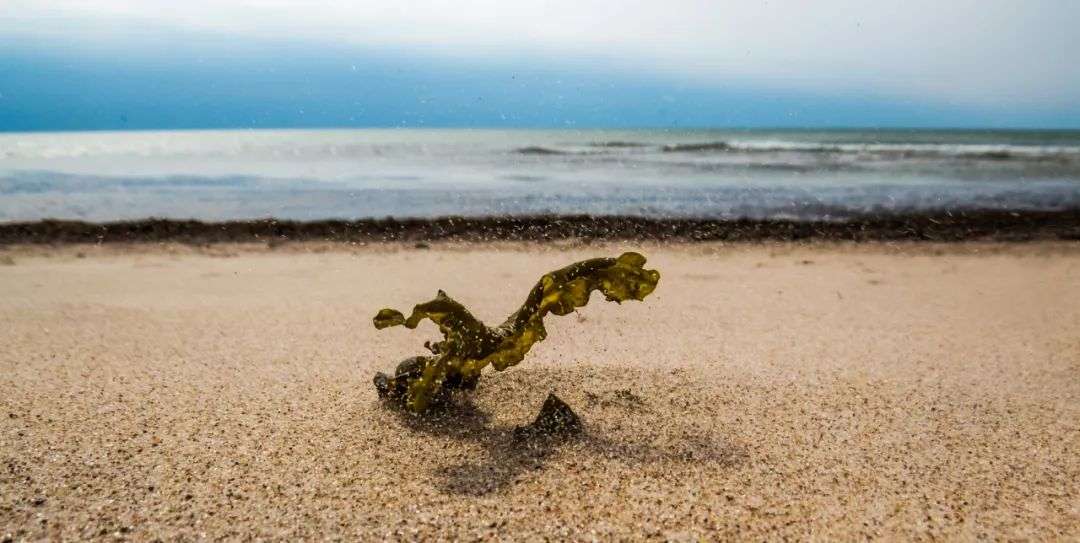“Super food” microalgae is preparing to enter the mainstream view.
Editor’s note: This article is from the WeChat public account “FBIF Food and Beverage Innovation” (ID: FoodInnovation), author Fafa, editor Momo, Bobo. Released with authorization.
Have you seen innocent blue juice without blue fruits and mayonnaise without egg yolk in the good spoon? These amazing products are inseparable from the participation of a super ingredient— -Microalgae.
innocent blue juice without blue fruits Picture source: innocent official website
the good spoon mayonnaise without egg yolkPicture Source: the good spoon official website
Microalgae are photosynthetic autotrophic microorganisms, often referred to as “super food” and “future food”. This kind of microalgae that grows in alkaline water and needs to be observed through a microscope is gradually gaining attention from the food industry.
Recently, Unilever announced a collaboration with Algenuity, a British biotechnology company, to try to develop plant-based products using microalgae raw materials [7]. This is another food giant after Mars, Mondelez, and Nestlé, focusing on the field of microalgae and making arrangements for future product related developments.
“Continuous wave”. With the severe global environmental situation and the increasing consumer awareness of environmental protection, sustainable clean labels have gradually become one of the important criteria that affect consumers’ purchasing decisions.
Joel Warady, Chief Marketing Officer of Enjoy Life Foods, once said in an interview with FoodDive that “algae is the most sustainable protein on earth”[1].
Indeed, the production of microalgae has the characteristics of low carbon, low land and low water footprint [3]. Microalgae have strong adaptability to life, can fix carbon dioxide during the growth process, can grow on sandy land, saline-alkali land and other non-agricultural land, so they can be planted without fresh water and cultivated land. If the market potential of microalgae is successfully explored and the gap in meat protein demand is filled with microalgae protein, it will be of great significance to the sustainable development of the environment.
03 Difficulties on the way out of the circle
1, Microalgae? What is it?
The history of human consumption of microalgae is very long. As early as the 9th century in the Ganem-Bornou Empire (present-day Chad), residents collected spirulina from Lake Chad as food [9]. Although there has been a long tradition of eating microalgae, with the changes in social eating habits, modern people’s knowledge of microalgae is still very limited. As a creature invisible to the naked eye, microalgae is still a “small transparent” in the eyes of the public.
What are the microalgae in the eyes of consumers?
One answer is “I don’t know what it is.” Due to the lack of extensive contact and systematic understanding, consumers themselves are unfamiliar with the word “microalgae” and the concept of microalgae products is relatively vague, and it is difficult to stimulate a strong desire to buy.
If you have a little understanding of microalgae, the other answer may be “to eat as a health supplement, and generally not eat it daily.” In the past ten years, microalgae has gained a reputation in the fields of health care products and medicine. However, affected by the inherent thinking and stereotypes held by consumers, this reputation has also brought some inconveniences to the development of microalgae in the food processing industry, limiting the positioning of product audience groups.
There is a third answer-“weird, niche, unpalatable”. When it comes to microalgae, some consumers may naturally think of blue-green algae that grow in ponds and lakes. Although the two are very different, they have


